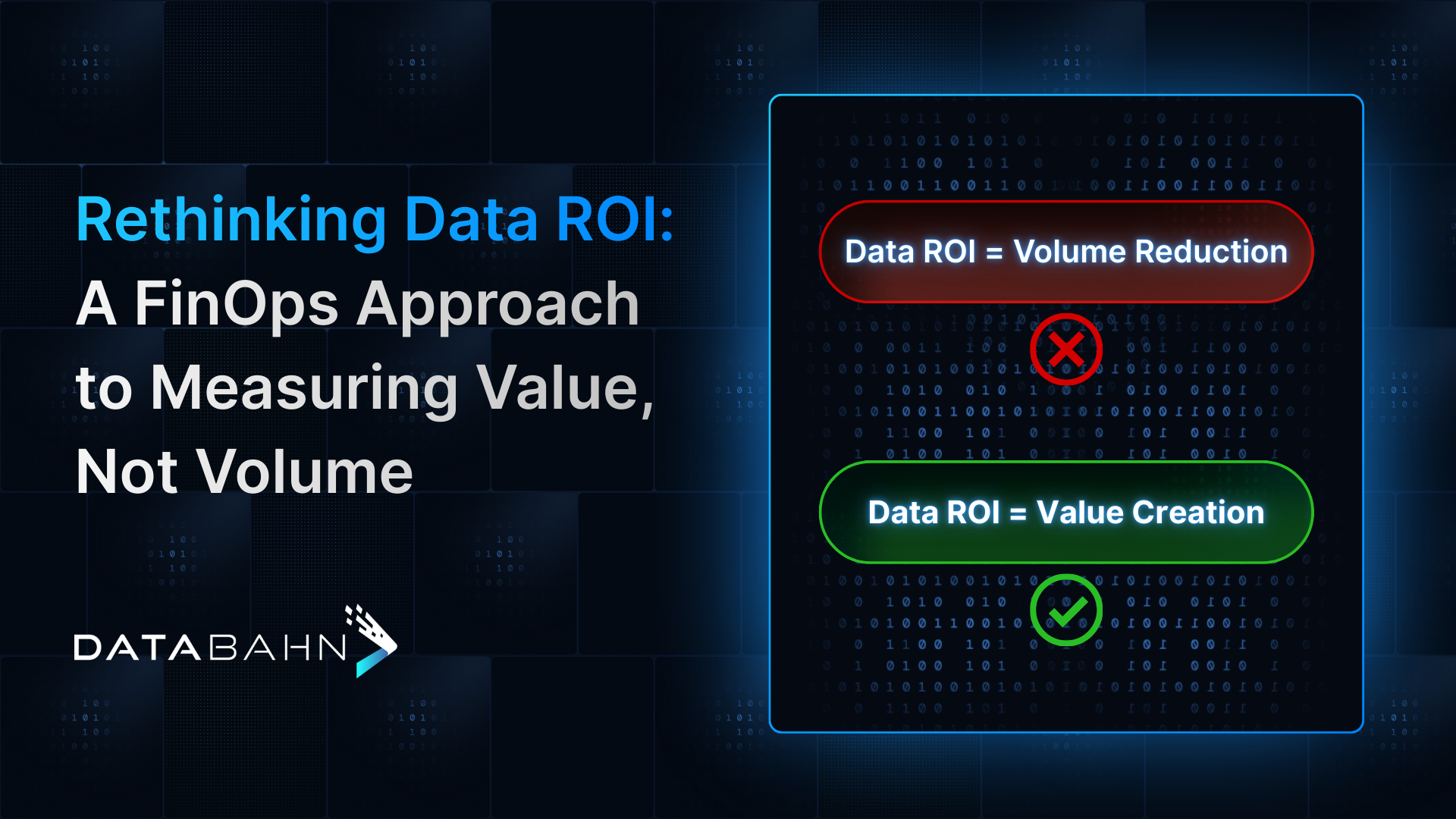Navigating the New Security Data Frontier: The Synergy of Databahn.ai, Amazon Security Lake, and OCSF
In recent months, we've witnessed a paradigm shift where security teams are increasingly opting to build their own security data lakes. This trend isn't entirely new, as attempts have been made in the past with cloud storage systems and data warehouse solutions. Previously, the challenges of integrating data from disparate sources, normalizing it, and ensuring consistent usage through enterprise-wide security data models were significant barriers. However, the landscape is changing as more security teams embrace the idea of crafting their own data lakes. This isn't just about creating a repository for data; it's the beginning of a modular security operations stack that offers unprecedented flexibility. This new approach allows teams to integrate various tools into their stack seamlessly, without the complexities of data access, normalization, or the limitations imposed by incompatible data formats.
Driving Forces Behind the Shift
One pivotal factor propelling this shift is the development of the Open Cybersecurity Schema Framework (OCSF). Initiated in August 2022, OCSF aims to standardize security data across various platforms and tools and is now powered by a consortium of over 660 contributors from 197 enterprises. This framework strives to eliminate data silos and establish a unified language for security telemetry, promoting easier integration of products and fostering collaboration within the cybersecurity community. Achieving these benefits on a broad scale, however, requires ongoing cooperation among all stakeholders involved in cybersecurity.
The adoption of OCSF's structured data hierarchy significantly enhances security operations by enabling seamless communication through standardized data formats, which eliminates the need for extensive data normalization. This standardization also accelerates threat detection by facilitating quicker correlation and analysis of security events. Additionally, it improves overall security operations by streamlining data exchange, enhancing team collaboration, and simplifying the implementation of security orchestration, automation, and response (SOAR) strategies.
The Emergence of Amazon Security Lake
In tandem with the rise of OCSF, solutions like Amazon Security Lake have come to the forefront, offering specialized capabilities that address the limitations often encountered with traditional cloud SIEM vendors, such as data lock-in and restricted tool integration flexibility or traditional cloud data warehouses/data lakes that were often general purpose lacking the right foundations of managing security data. Amazon Security Lake acts as a central repository for security data from multiple sources—be it AWS environments, SaaS providers, on-premises data centers, or other cloud platforms. By consolidating this data into a dedicated data lake within the user’s AWS account, it enables a holistic view of security data across the organization.
Integrating Amazon Security Lake with OCSF facilitates the normalization and amalgamation of this data, crucial for consistent and efficient analysis and monitoring. One of the standout features of Amazon Security Lake is its ability to centralize vast amounts of data into Amazon S3 buckets, allowing security teams to utilize their chosen analytics tools freely. This capability not only circumvents vendor lock-in but also empowers organizations to adapt their analytics tools as security needs evolve and new technologies emerge.
The Rise of Security Data Fabrics - DataBahn.ai
DataBahn.ai plays a crucial role in this synergy, offering its Security Data Fabric platform. The platform enables AWS customers with the flexibility to select from an array of OCSF-enabled tools and services that best meet their needs, without the hassle of manually reformatting data. This capability enables teams to analyze security data from endpoints, networks, applications, and cloud sources in a standardized format. Quick identification and response to security events are facilitated, empowering organizations with enhanced access controls, cost-efficient data storage, and regulatory compliance.
DataBahn simplifies the process of enriching and shaping raw data from third-party sources to meet the specifications of Amazon Security Lake's Parquet schema. This transformation is facilitated by a repeatable process that minimizes the need for modifications, making data integration seamless and efficient.

Through DataBahn’s Security Data Fabric, Amazon Security Lake users can:
- Simplify data collection and ingestion into Amazon Security Lake: DataBahn’s plug-and-play integrations and connectors, along with its native streaming integration, allow for hassle-free, real-time data ingestion into Amazon Security Lake without the need for manual reformatting or coding.
- Convert logs into insights: Utilizing volume reduction functions like aggregation and suppression, DataBahn helps convert noisy logs (e.g., network traffic/flow) into manageable insights, which are then loaded into Amazon Security Lake to reduce query execution times.
- Increase overall data governance and quality: DataBahn identifies and isolates sensitive data sets in transit, thereby limiting exposure.
- Get visibility into the health of telemetry generation: The dynamic device inventory generated by DataBahn tracks devices to identify those that have gone silent, log outages, and detect any other upstream telemetry blind spots.
The greatest advantage of all is that it's your data, in your lake, formatted in OCSF, which allows you to layer any additional tools on top of this stack. This flexibility empowers your teams to achieve more and enhance your security posture.
Conclusion: A Unified Security Data Management Approach
This shift towards a more unified and flexible approach to security data management not only streamlines operations but also enables security teams to focus on strategic initiatives. With the combined capabilities of Databahn.ai, Amazon Security Lake, and OCSF, organizations are better positioned to enhance their security posture while maintaining the agility needed to respond to emerging threats. As the cybersecurity landscape continues to evolve, we are at the cusp of a new wave of Security operations powered by tools that will play a crucial role in shaping a more integrated, efficient, and adaptive security data management framework.








.png)






.avif)

.avif)








